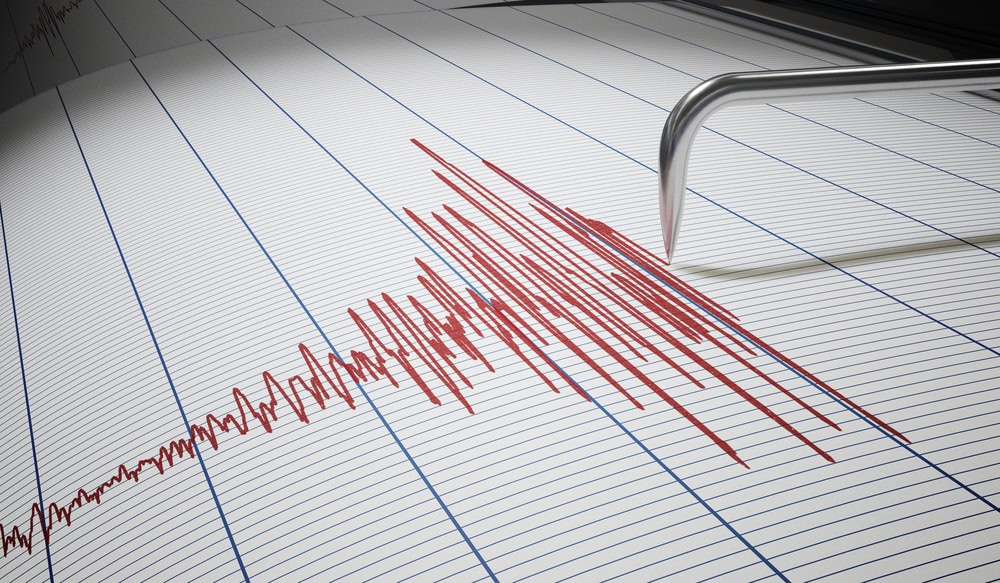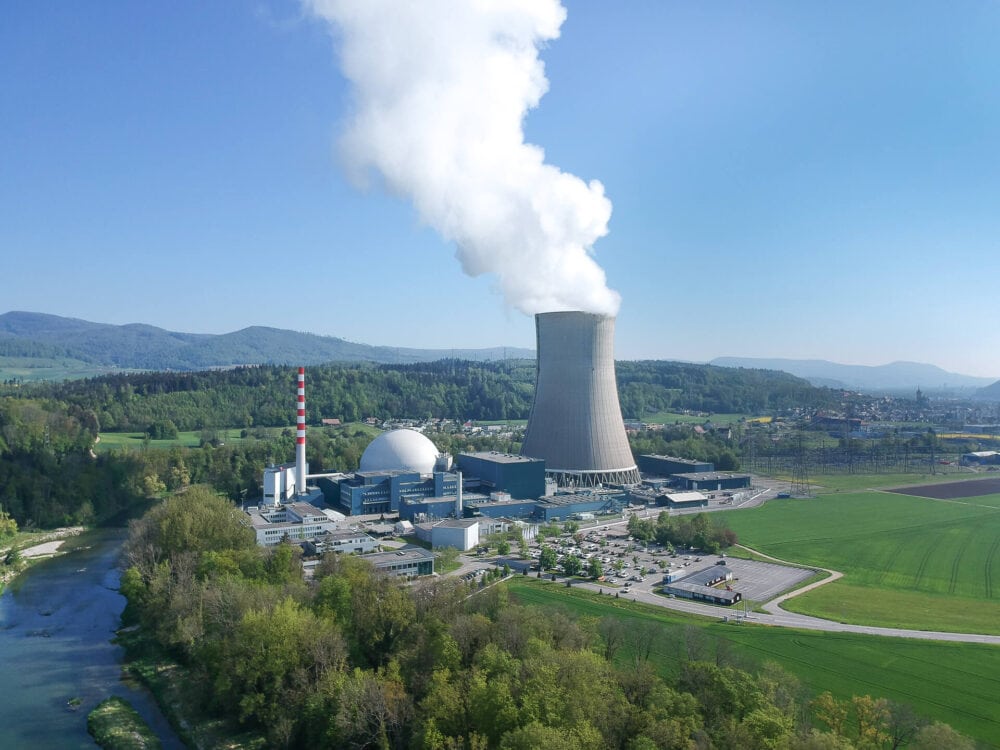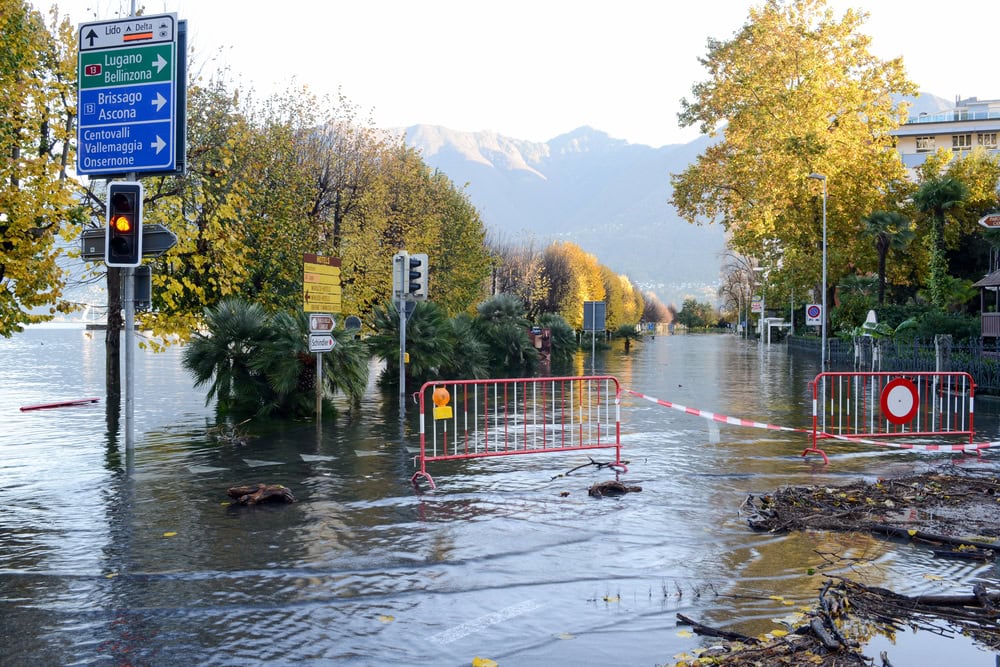Rapid damage assessments strengthen civil protection in the event of major earthquakes
Since July 2024, civil protection authorities and emergency services have been receiving rapid damage assessments from the Swiss Seismological Service (SED) at ETH Zurich in the event of major earthquakes. This means that initial measures can be initiated more quickly and precisely and incident management can be strengthened.

Even if they do not occur frequently: Alongside pandemics and power shortages, earthquakes are among Switzerland's greatest risks and can cause enormous damage. After a severe earthquake, the emergency services must quickly gain an overview of the situation in order to deploy their resources as effectively as possible. Rapid damage assessments support this process, especially in the first few hours after an earthquake, when only limited or incomplete information is available from the affected area.
The new damage estimates are based on the new earthquake risk model developed by the SED and published in 2023, which combines detailed information on the earthquake hazard, the influence of the local subsoil, the vulnerability of buildings and the people and assets affected. The model does not take into account time-of-day or event-dependent concentrations of people and similar, variable factors. Human and financial losses due to damage to infrastructure (e.g. bridges, railroad lines) or secondary damage (e.g. fire, landslides) are also not covered. For this reason and due to other model uncertainties, the actual damage in the event of an incident can deviate significantly from the modeled damage; nevertheless, the new product provides initial situation information in a confusing situation.
Via the National Alarm Center to the cantons and federal authorities
The new damage assessment is made available to the authorities in the event of an incident via the National Emergency Operations Center at the Federal Office for Civil Protection. As the central office for civil protection, the NEOC ensures that all federal and cantonal partner organizations are informed. Similar processes exist for natural hazard warnings or network failures in the energy, telecommunications and transport sectors.
Although major damage is only to be expected from a magnitude of around 5, a rapid damage assessment is made available via the NAC network for smaller quakes from a magnitude of 3. This helps to ensure that the entire process from creation to application can be practiced regularly. On average, damaging earthquakes only occur every 8 to 15 years in Switzerland.
The damage estimates are available to the public and media on the website of the Swiss Seismological Service.
Co-funded by the Federal Office for Civil Protection and the Federal Office for the Environment
The Federal Office for Civil Protection and the Federal Office for the Environment have co-financed the development of the earthquake risk model and the rapid damage assessment based on it to strengthen civil protection in Switzerland.
Source: babs.admin.ch









